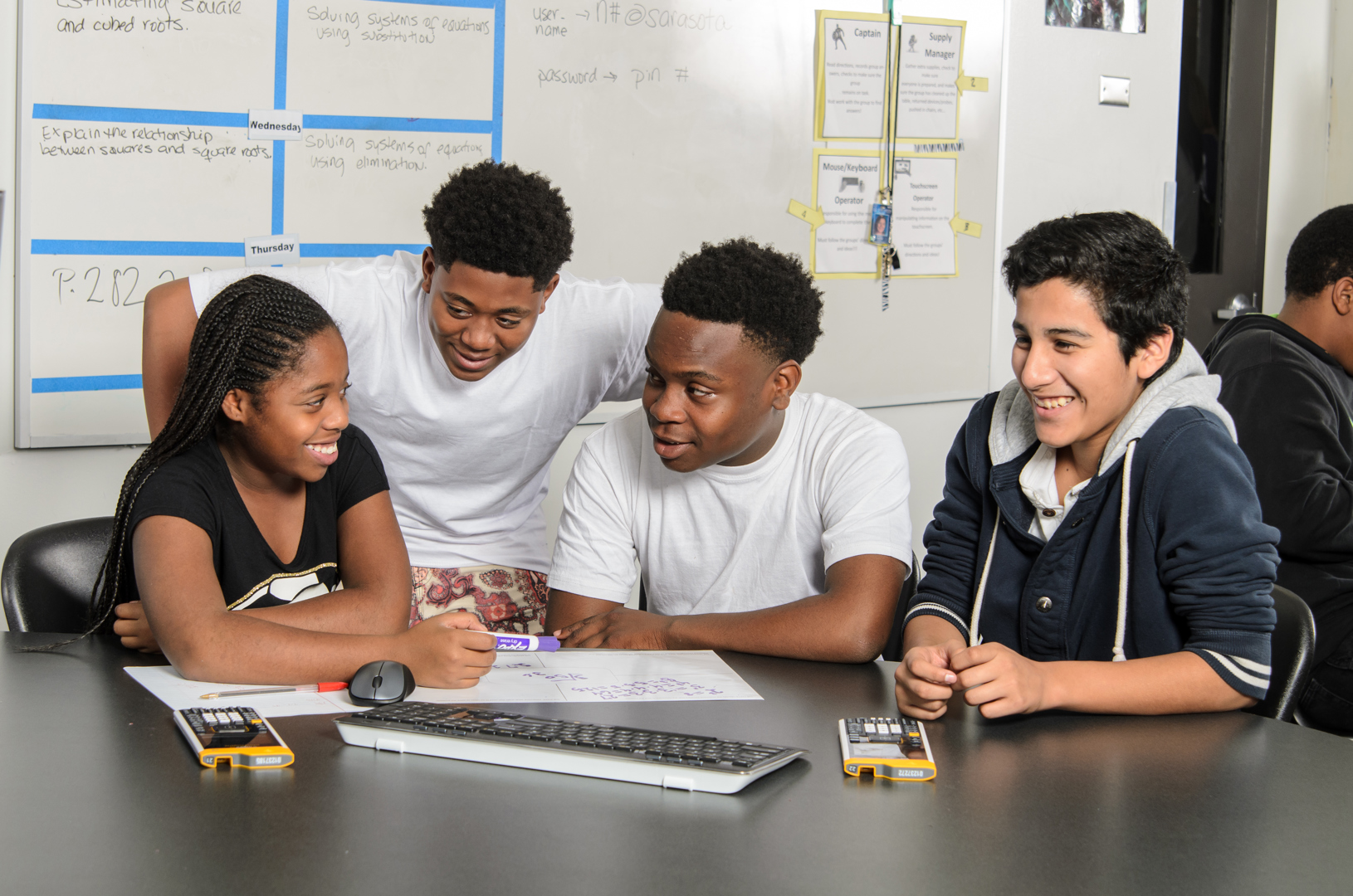Helios Education Foundation supports postsecondary attainment for all students, with an emphasis on low-income and historically underrepresented communities, in Arizona and Florida. Our focus on these two states derives from our predecessor organization, Southwest Student Services Corporation, and its large support of students in both Arizona and Florida.
With the diversity of both states and the current population projections of the United States, we fully acknowledge the importance of these two states as representative of the direction of the entire country. The improvement of education outcomes for students in both Arizona and Florida can be referenced and used to inform similar efforts across the country.

